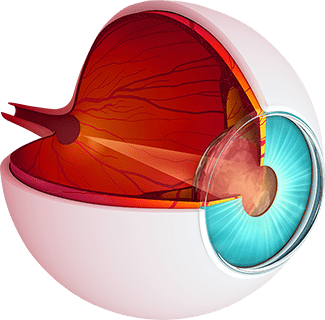DNA test for genetic predisposition to exfoliative glaucoma
Exfoliative glaucoma — is eye disease with a complex clinical picture and well-defined territoriality of extension. Disease progression leads to visual deterioration, and to complete loose of it.




